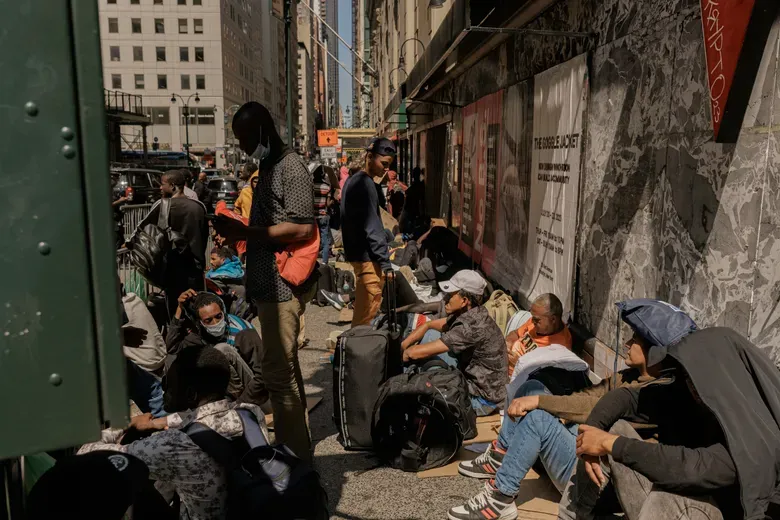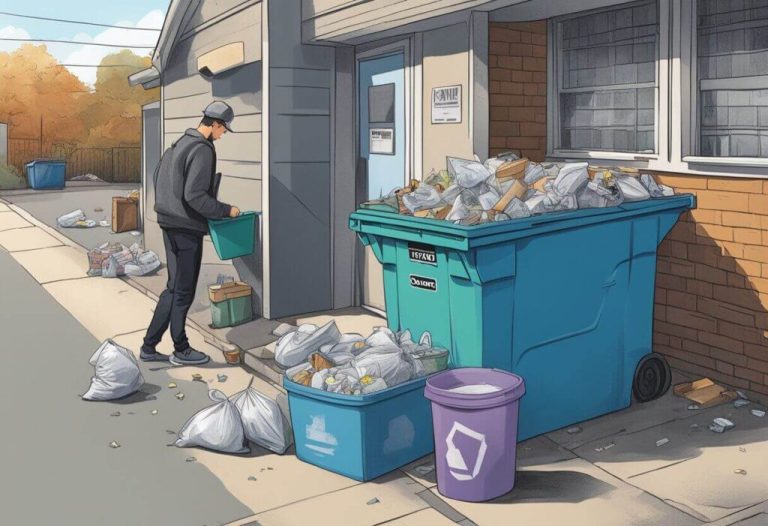Amidst the influx of migrants to New York City, there are challenges in meeting the emergency housing requirement.
On October 4, 2023, New York City made an extraordinary decision to suspend a legal agreement that requires emergency housing to be provided to those in need. The city’s shelter system has been struggling to cope with the large influx of international migrants since the spring of 2022, which has led to this legal challenge and raised significant controversy and concern.
Late on Tuesday, the city filed a request seeking court approval to suspend the “right to shelter” in the event of a state of emergency causing a rapid surge in the population of single adults seeking shelter. Mayor Eric Adams, who is currently in Latin America for a four-day trip, expressed concern that the city’s shelter system is overwhelmed due to the influx of migrants, especially from Latin American countries. During his trip, he hopes to discourage potential migrants from coming to New York. The city is facing a significant challenge to provide shelter to those in need, and the Mayor is taking proactive measures to address the issue.
For more than 40 years, the right-to-shelter policy has been a significant landmark in New York City’s history. This policy was born out of a legal agreement that was made in 1981, and it mandates that the city must provide temporary housing to every homeless person. This puts the city in a unique position compared to other major cities in the United States. However, the city is now contending that this requirement was never meant to address a humanitarian crisis on the scale of the recent influx of asylum seekers.
At first, Mayor Adams hailed the shelter requirement as a representation of New York’s compassion towards asylum seekers. However, as the city has spent more than a billion dollars on renting hotel spaces, setting up massive emergency shelters, and providing government services to migrants without housing or job opportunities, his position has shifted.
“With more than 122,700 asylum seekers having come through our intake system since the spring of 2022, and projected costs of over $12 billion for three years, it is abundantly clear that the status quo cannot continue,” stated Mayor Adams, a Democrat. “New York City cannot continue to do this alone.”
Mayor Adams has recently implemented stricter rules in response to the growing concern of overcrowding in shelters. Adult migrants are now limited to staying a maximum of just 30 days in city-run facilities.
Legal experts and advocates for the homeless, however, express grave concerns about the city’s move. Josh Goldfein, a staff attorney at The Legal Aid Society, argued that suspending the right to shelter could have dire consequences. “What is the alternative?” Goldfein questioned. “If we do not have a right to shelter, if we are turning people away from the shelter system, if people are now living in the streets, in the subways, in the parks, is that the outcome that they want? That is something we have not seen in decades. I don’t think any New Yorker wants to see that. I don’t think city officials want to see that, but that will be the result if they were to prevail here.”
As the court evaluates the city’s request, the destiny of thousands of migrants and the future of New York City’s shelter system are at stake. The legal battle poses crucial queries about the city’s obligations to offer housing during emergencies and the possible outcomes of modifying established policies in response to an unparalleled humanitarian crisis.



